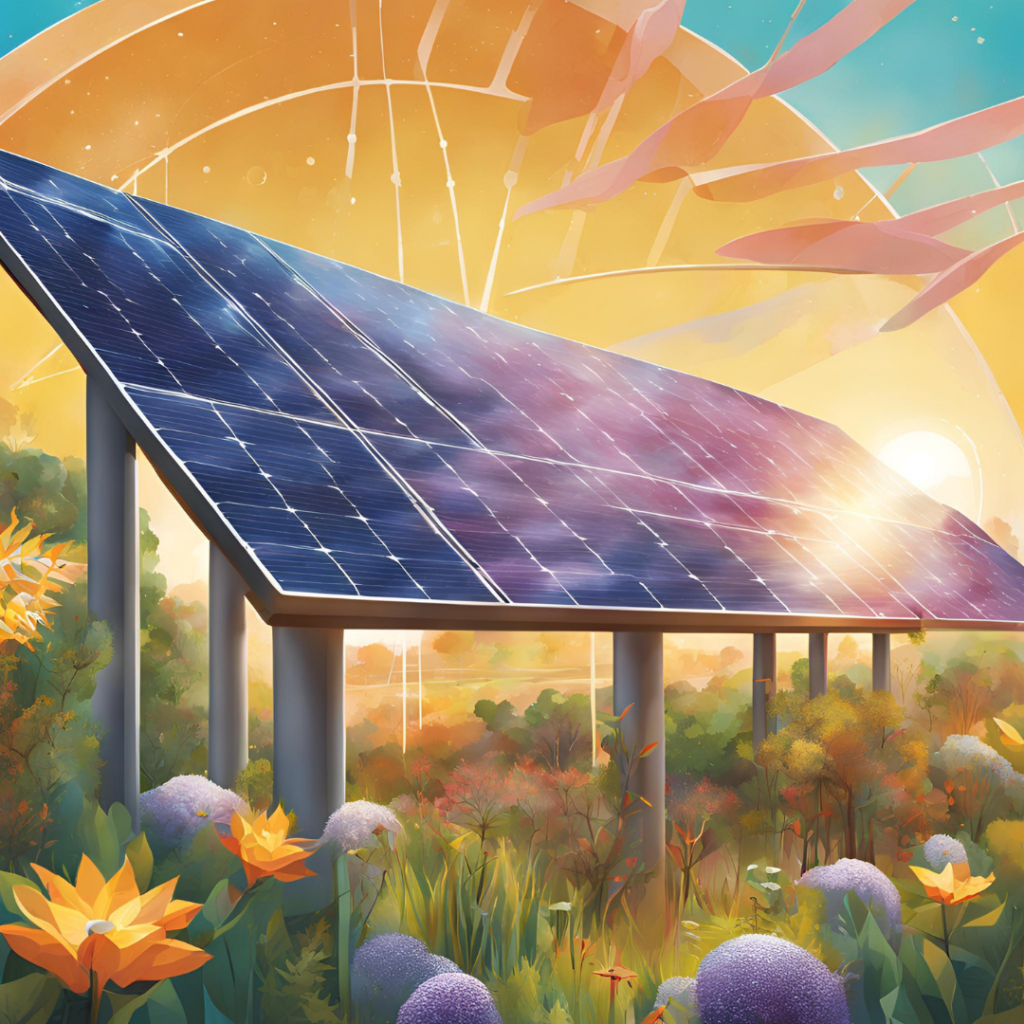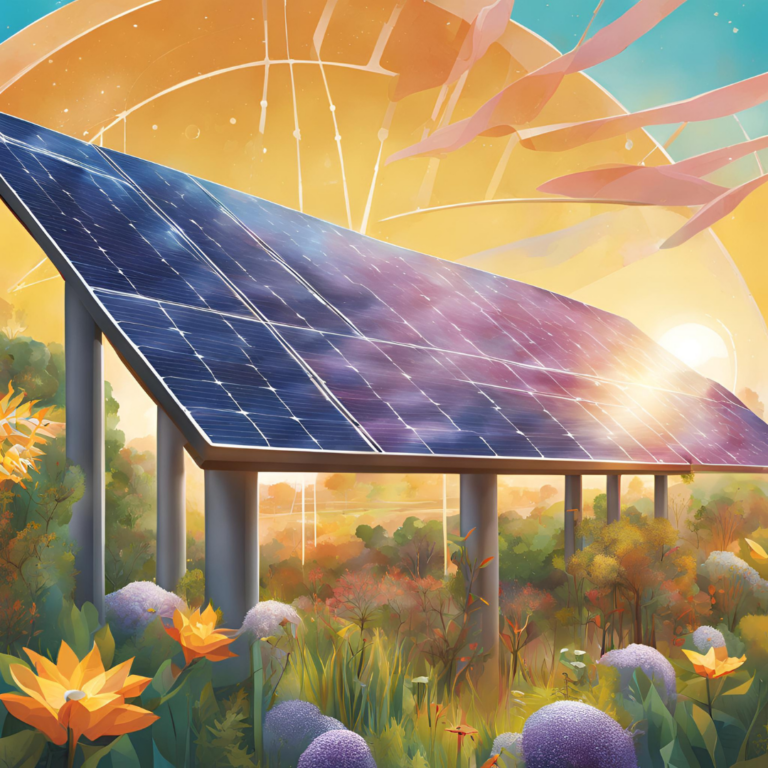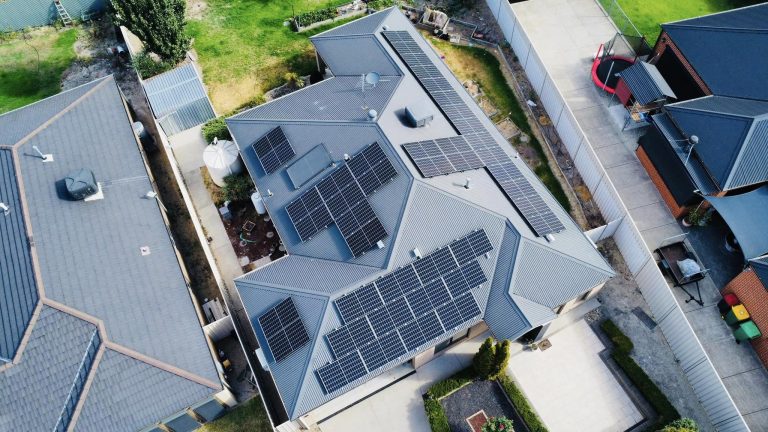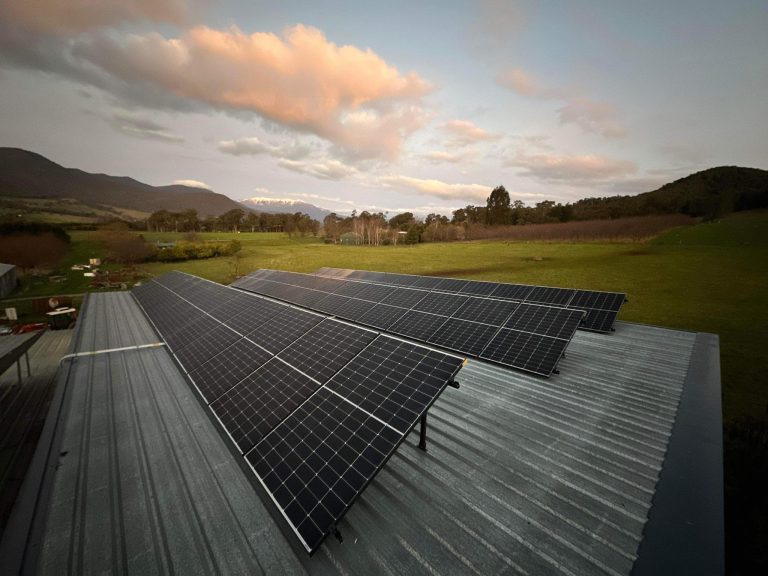Table of Contents:
- Introduction
- The Growth of Solar Energy in Wodonga
- Key Benefits of Solar Power in 2025
- Solar Technology Innovations
- Government Incentives and Policies
- Challenges and Future Predictions
- FAQs
- Conclusion
Introduction
As the demand for renewable energy rises, solar Wodonga in 2025 is emerging as a game-changer in sustainable energy solutions. This article explores the advancements in solar technology, government incentives, and the impact on the energy landscape in Austria.
The Growth of Solar Energy in Wodonga
Solar energy has seen remarkable growth, with Wodonga becoming a hub for clean energy initiatives. Factors contributing to this growth include:
- Increased adoption of solar panels.
- Enhanced efficiency of photovoltaic cells.
- Supportive government policies and incentives.
Key Benefits of Solar Power in 2025
1. Reduced Energy Costs
Switching to solar energy significantly lowers electricity bills, making it a cost-effective solution for businesses and households.
2. Environmental Sustainability
Solar energy reduces reliance on fossil fuels, leading to lower carbon emissions and a cleaner environment.
3. Energy Independence
Investing in solar panels provides energy security, reducing dependence on traditional power grids.
Solar Technology Innovations
The latest innovations in solar technology include:
- Bifacial Solar Panels: Capturing sunlight from both sides for increased efficiency.
- Energy Storage Systems: Advanced battery solutions for uninterrupted power supply.
- Smart Solar Inverters: Optimizing energy conversion and distribution.
Government Incentives and Policies
Austria offers several incentives to promote solar adoption:
- Tax Credits: Rebates and deductions for solar installations.
- Feed-in Tariffs: Financial benefits for excess energy fed back into the grid.
- Subsidies: Support for residential and commercial solar projects.
Challenges and Future Predictions
Despite advancements, solar energy in Wodonga faces challenges such as:
- High Initial Costs: The upfront investment can be a barrier for some consumers.
- Weather Dependence: Solar efficiency varies with weather conditions.
- Energy Storage Limitations: Battery storage solutions are improving but remain costly.
Future predictions indicate increased affordability, better efficiency, and stronger policy support for solar adoption in Austria.

FAQs
1. What makes solar Wodonga in 2025 different from previous years?
The advancements in technology, increased government incentives, and rising awareness contribute to the rapid growth of solar energy in 2025.
2. Are there financial incentives for installing solar panels in Austria?
Yes, Austria offers tax credits, feed-in tariffs, and subsidies to encourage solar adoption.
3. How does solar energy impact the environment?
Solar energy reduces carbon emissions, decreases reliance on fossil fuels, and promotes a sustainable future.
4. What is the lifespan of solar panels?
Modern solar panels can last between 25-30 years with proper maintenance.
5. Can businesses benefit from solar energy in Wodonga?
Yes, businesses can lower operational costs, gain energy independence, and benefit from government incentives.
Conclusion
The future of solar Wodonga in 2025 looks promising, with cutting-edge technology, strong government support, and growing consumer awareness driving adoption. Visit CE Solutions for expert advice on solar energy solutions in Austria.



